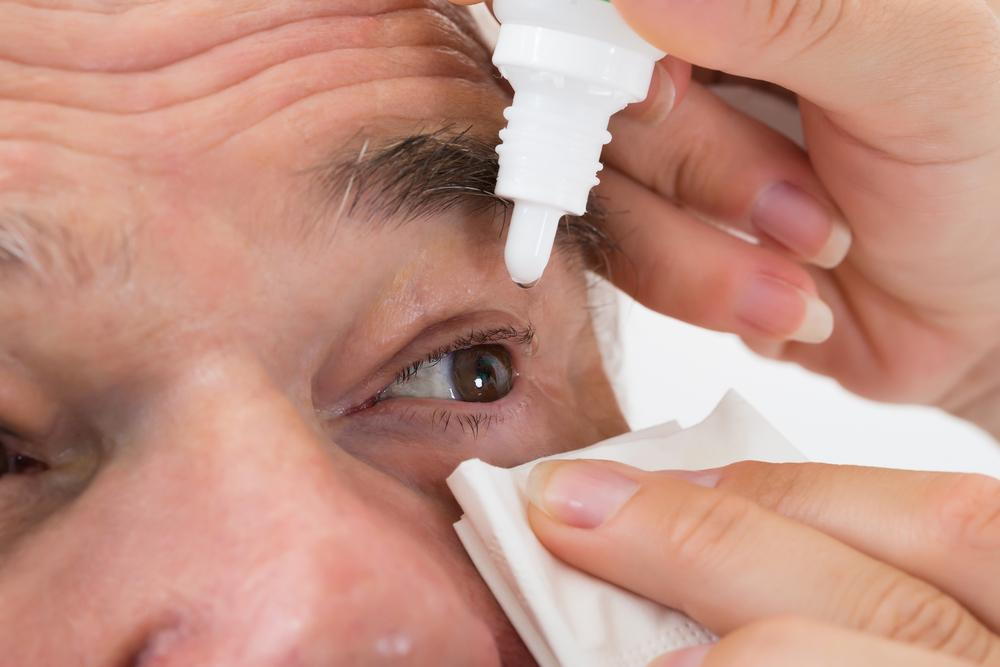
- posted: Apr. 29, 2020
Dry Eye Syndrome is one of the most common eye conditions we see among our patients on a daily basis, and is one of the most commonly diagnosed diseases in the world. This is because there are so many factors, both in and out of our control, that can affect our eyes ability to produce a sufficient amount of tears to maintain a moist ocular surface.
We have 3 tear film layers. The outside layer is the oily layer, which makes the tear surface smooth, and prevents your tears from drying quickly. Our second layer, the watery layer, makes up most of what we see as tears, which cleans and washes away particles that don’t belong in the eye. The third inner layer is our mucus layer. This helps the watery layer stick to and spread evenly over the surface of the eye.
Under normal circumstances, our eyes are constantly producing tears to stay moist. When our eyes don’t produce enough tears, or something affects multiple layers of our tear film, we end up with Dry Eye Syndrome.
There are many symptoms to Dry Eye Syndrome such as stinging or itchy eyes, a scratchy or gritty feeling in the eye, mucus strings around the eyes, red or irritated eyes, painful contact lens wear, or contrary to the term “dry eye” there are actually an abundance of visible tears in your eyes.
Dry eyes can affect people of all ages, both male and female. However, it is more common as you get older, and more common among women, especially those who have gone through menopause. There are many factors that cause dry eyes. Systemic illnesses in the body such as rheumatoid arthritis, Sjögren’s syndrome, thyroid disease, hashimoto disease, and lupus greatly affect tear production. Other factors include smoke, wind or very dry or dusty climates (hence why December is Dry Eye Awareness Month), blepharitis, long periods of screen usage (computer, phone, tablet) throughout the day, long contact lens wear, refractive eye surgery such as Lasik, or certain medications.
At Eyesee, we are now a licensed Dry Eye Center of Excellence. We have something called a TearLab onsite, which quantitatively analyzes our patients tears, giving us the most accurate dry eye diagnosis. With a dry eye diagnosis, Eyesee will prescribe a dry eye regimen to our patients which may include artificial tears, gels and/or lubricating ointments at bedtime, daily eyelid hygiene scrub procedures, a prescribed medication regimen, omega-3 nutritional supplements or punctal plugs for more severe cases, which our doctors perform in our office.
An individual treatment plan will be formulated for you based on severity and known causes, but it is important to know that Dry Eye Syndrome is chronic and progressive. If it goes untreated, it can damage your corneas, vision and t-cells, and create a loss of homeostasis in the body.
Hours of Operation
10:00 am - 5:00 pm
10:00 am - 5:00 pm
10:00 am - 6:00 pm
Closed
10:00 am - 6:00 pm
9:00 am - 4:00 pm
Closed
Location
Find us on the map!
Eye See
275 Parkway Dr Ste 415
Lincolnshire, IL 60069, US

